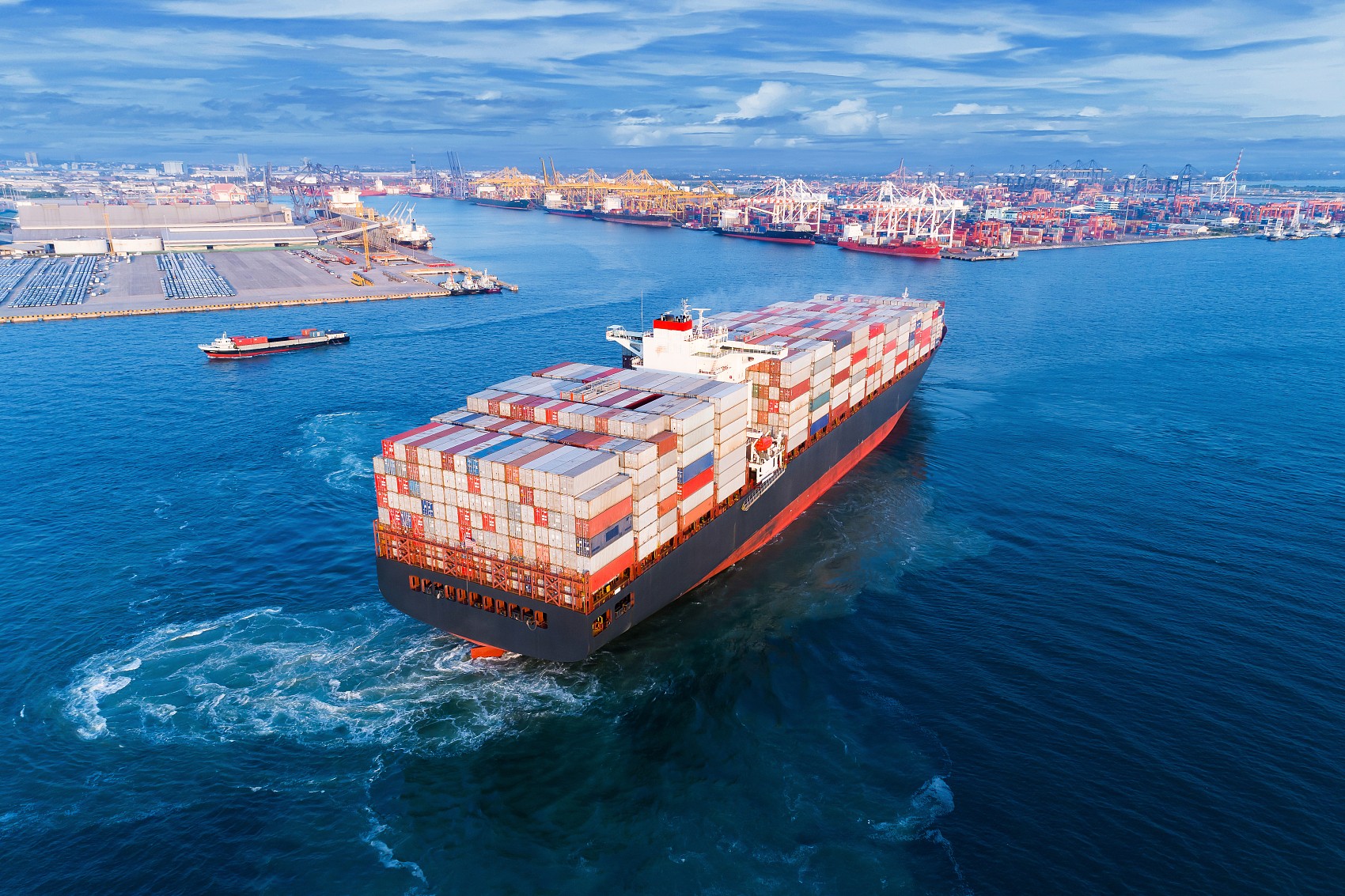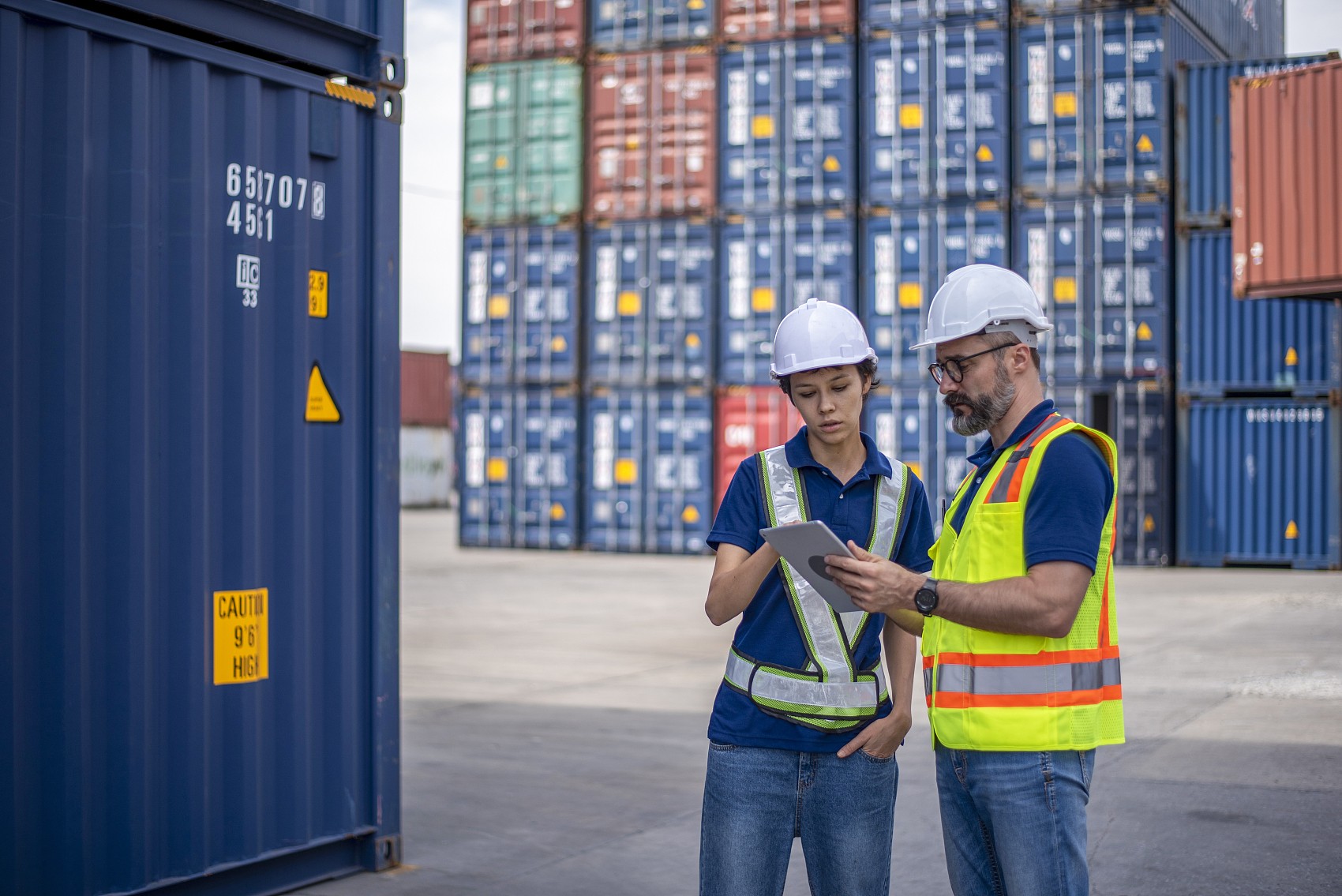High-quality development of Jakarta-Bandung high-speed Railway (jointly building the Belt and Road)
Recently, with the first pair of 500 meters of long steel rails slowly pulled out of the long rail transport train, the Indonesian Yawan high-speed railway led by China National Railway Group Co., Ltd. and undertaken by China Power Construction Municipal Group officially launched the laying of ballast tracks on the main line, marking the construction of Yawan high-speed rail fully transferred to the online construction stage.
The Yawan high-speed railway is a landmark project for China and Indonesia to jointly build the "Belt and Road" and deepen pragmatic cooperation. The project connects Jakarta, the capital of Indonesia, and Bandung, the fourth largest city, with a total length of 142 kilometers and a maximum design speed of 350 kilometers per hour, which is the first time that the whole system, all elements and the whole industrial chain of China's high-speed rail have landed overseas. After the completion of the project, the travel time to Bandung in Jakarta will be shortened from the current 3 hours to 40 minutes, which will make it more convenient for local people to travel and promote local economic and social development.
"An important milestone in the history of rail transport in Indonesia"
"To ensure the smooth and safe operation of a high-speed rail line, the fewer rail weld points, the better, which means that the longer the length of a single rail, the better." After technical discussions, we proposed to the Indonesian side to use the 50-meter steel rail produced by the Chinese side. Wang Zhanyun, project manager of the Indonesian Yawan high-speed railway of China Power Construction Municipal Group, told reporters that the 50-meter steel rail used in the Yawan high-speed railway was transported to the Bandung rail laying base through China's domestic railway transportation, shipping and Railway in Indonesia, welded into 500 meters long steel rail in the base, and then transported to the construction site by long rail transport train for laying.
At first, this plan was questioned by the relevant person in charge of the Safety Department of the Indonesian National Railway Company, "Indonesian railways are aging, there is no experience in transporting more than 25 meters of steel rails, so it does not have the conditions to transport 50 meters of steel rails, let alone lay tracks." "China National Railway Group Co., Ltd. coordinated with the China Academy of Railway Sciences and related institutions to make a technical plan for the two parts of railway rail transportation in China and Indonesia. In order to dispel the concerns of the Indonesian side, the Chinese side proposed to solve the problem of shipping 50 meters of steel rail from China to Jakarta first. After in-depth research, the Chinese side finally found the port of Ciraza that meets the conditions for berthing, storage and transportation. At that time, the port of Ciraza was only a small port with the ability to load and store bulk cargo such as coal, sugar and soybeans, and was still some distance from the nearest railway network. In order to ensure the smooth unloading of the rails, the Chinese side upgraded the port, erected a suitably sized gantry at the terminal, replaced the storage area, and built a railway track connecting the railway freight network line on the island. After the transformation was completed, the Chinese team gave the Indonesian side a simulation demonstration of laboratory data. The data proves that Indonesian railways can meet the standard of carrying 50 meters of steel rails.
Subsequently, the Indonesian side proposed that transport tests must be carried out on existing local train lines. The second test of carrying rail transport yielded satisfactory results. "The feasibility of scientific data and field trials has finally reassured the Indonesian side." Wang Zhanyun said.
Indonesian National Railways specially sent a letter of thanks to the Chinese side to this end, saying: "50-meter rail transportation is an important milestone in the history of Indonesian railway transportation, which is of epoch-making significance, and expresses sincere gratitude to China Power Construction for its efforts and contributions to Indonesia's railway transportation industry." ”
With this spirit of research, the Chinese team has continuously overcome difficulties, coordinated and cooperated with the Indonesian side, steadily promoted the construction of the Yawan Railway, and strived to complete it on schedule with high quality:
On September 24, 2019, the first continuous lianghelong of the Yawan high-speed rail project;
On November 15, 2020, the first tunnel of more than 1,000 meters was successfully completed;
On March 18, 2021, the highest pier and the largest cantilever T-structure continuous beam of the whole line were successfully combined;
On April 30, 2022, the main structure of the depot Dekarur Station, built by Chinese enterprises, was capped;
On May 29, 2022, the longest bridge girder channel on the whole line was opened...
At the end of June, with the breakthrough of Tunnel 2, the Yawan high-speed railway achieved the penetration of all 13 new tunnels on the entire line, with a total length of about 16.64 kilometers. The Chinese team overcame technical difficulties and the impact of the COVID-19 epidemic to ensure the smooth penetration of 13 tunnels. At present, the Yawan high-speed rail tunnel and culvert project have all been completed, and the completion of the civil engineering works of the whole line has exceeded 91%, and the project construction has been transferred to the paving construction stage.
"It will definitely bring positive impact on Indonesia's economic and social development"
During the construction of the Jakarta-Bandung high-speed railway, the technical strength and social responsibility of Chinese enterprises have been demonstrated. In Jaya Village, Java Island, there is a "smooth road". Talking about the origin of this road, the village chief Nasrun said that local torrential rains occur frequently, but the flood discharge has been unable to keep up. After learning about the situation, the Chinese construction team of the Jakarta-Bandung high-speed railway helped the village repair the flood drainage canal, repair the damaged road section, and built a new cement sidewalk for the village, making it safer and more convenient for the villagers to travel. Nasrun took the villagers to the project department to express his thanks and named the road "Shunxin Road".
In the years since the project was launched, there have been many cases where China has helped the local people "go with their hearts". Jixidu Village is at a high altitude. During the dry season, the villagers can only rely on manual water transportation. With the help of the Chinese team, the well was renovated, the pipes were replaced, and the villagers could get water at their doorstep.
After a flood, the Jakarta-Bandung high-speed railway project department also actively provided rice, flour and other food to the affected villagers, and helped local villages to clean up drainage ditches, repair roads, repair sluices, and dredge rivers, demonstrating the responsibility of Chinese enterprises.
At the same time, the construction of the Jakarta-Bandung high-speed railway has brought new opportunities for economic development along the line. Asup, the village chief of Rw18 village near Bandung, told reporters excitedly that the West Java provincial government had planned to relocate to the nearby area for a long time, but it has never been realized. "When the Jakarta-Bandung high-speed rail is put into use next year, it will become one of the most important transportation hubs in Bandung, and everyone's better days are getting more and more hopeful!"
As Indonesia's first high-speed railway, the Jakarta-Bandung high-speed railway will effectively drive the region along the line to build an "economic growth belt". After the opening to traffic, the logistics between Jakarta and Bandung will be smoother. Bandung is the center of Indonesia's textile industry. The improvement of logistics and transportation efficiency will greatly reduce the transportation cost of Bandung textiles and help improve the quality of the industry. In addition, the Jakarta-Bandung high-speed railway will also have a good radiation and pulling effect on many industrial parks along the route, create jobs, attract investment, help the development of emerging industries, and better drive the economic development of the regions along the route.
"The Jakarta-Bandung high-speed railway has promoted the construction of Indonesia's modern transportation network, and will definitely bring a positive impact on Indonesia's economic and social development." Luhut, Coordinating Minister of Oceans and Investment of Indonesia, said when inspecting the project.
"Thank you for the technology and experience imparted by the Chinese team"
In the rail distribution workshop of the Bandung Rail Welding Base, ADI is derusting the rails. He used to be a local farmer. After strict technical training, he is now proficient in pre-welding inspection, rust removal, hoisting and other techniques. "Now, I can work independently, and I don't need a Chinese teacher to guide me. Everyone is very confident in my work ability." Adi said.
At first, Adi and his colleagues were overwhelmed at the beginning as the equipment was stationed one after another. "Many Indonesians who came to apply for jobs used to be farmers or ordinary workers, and had no concept of high-speed rail construction." Huang Aiting, an Indonesian employee in charge of project translation and liaison work, told reporters that in response to Indonesia's lack of high-speed rail construction professionals, the Chinese team We attach great importance to the training of local employees and adopt the “One Belt, One” approach until the assessment of local employees reaches the corresponding level. "The Indonesian employees on the project are now proficient in relevant technologies, and many of them can continue to operate and maintain the high-speed rail in the future, which also solves their livelihood problems." Huang Aiting said.
"At that time, I heard that Indonesia was going to build the first high-speed railway in Southeast Asia. I was very excited. I came to the Jakarta-Bandung high-speed railway project department from the outer islands to find employment opportunities." Zhan Zhenhao, an Indonesian employee who is now working in the No. 1 beam yard of the Jakarta-Bandung high-speed railway, told reporters , the Jakarta-Bandung high-speed railway will be a milestone in the history of Indonesian railways, and I hope to leave my name in the construction of the project.
In 2019, due to his outstanding performance in work and training, Zhan Zhenhao, recommended by the project department, participated in the exchange activities of Jakarta-Bandung high-speed railway Indonesian employees to China, and truly experienced the advanced and convenient, safe and efficient of China's high-speed railway. Zhan Zhenhao said that now he can independently complete beam making, manage transportation and even direct hoisting, which gives him a great sense of achievement. "Thanks to the technology and experience imparted by the Chinese team for training the first batch of high-speed rail technicians for Indonesia."
Reprinted from: CCTV News Network


